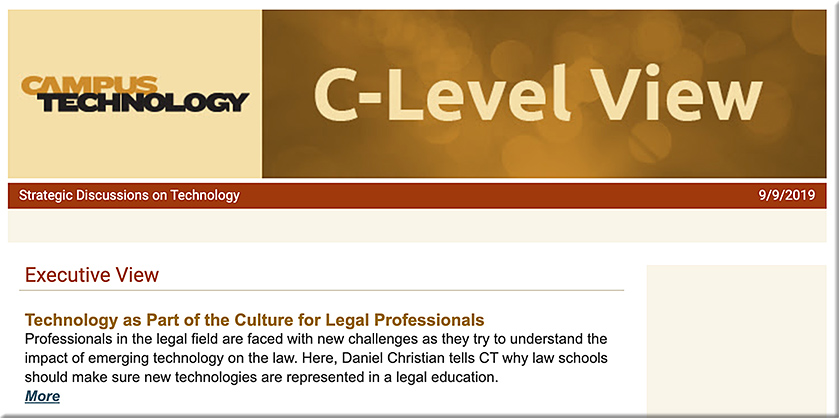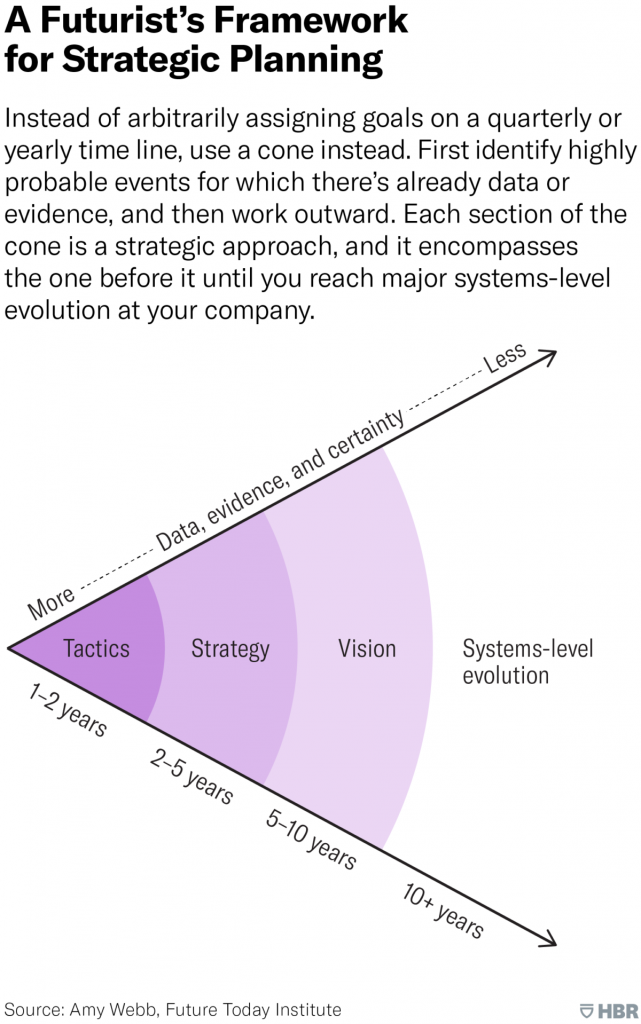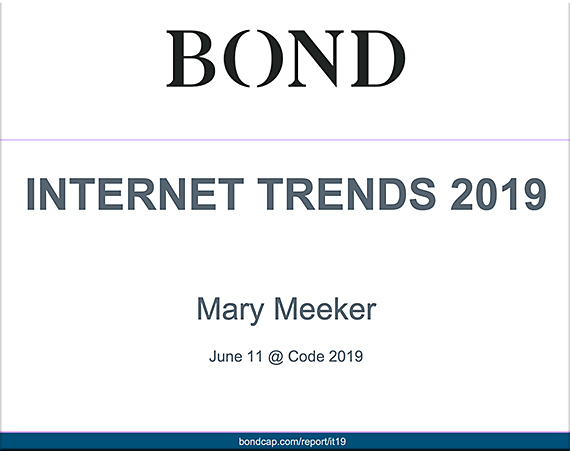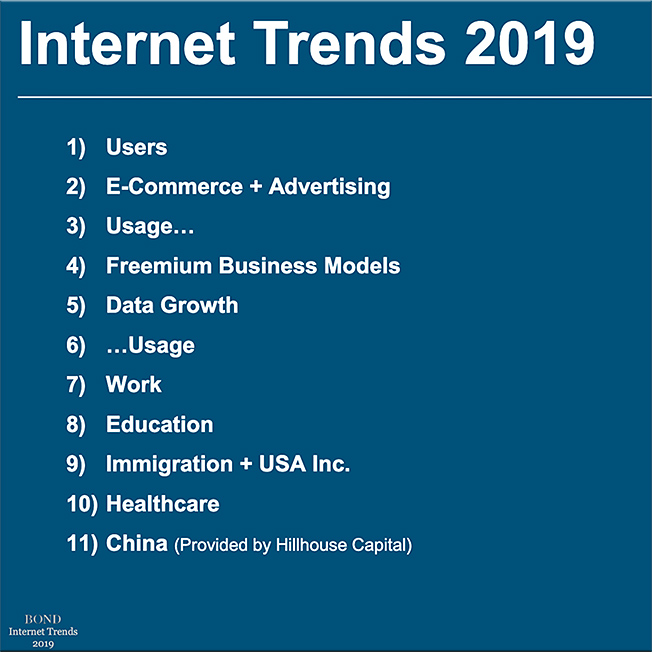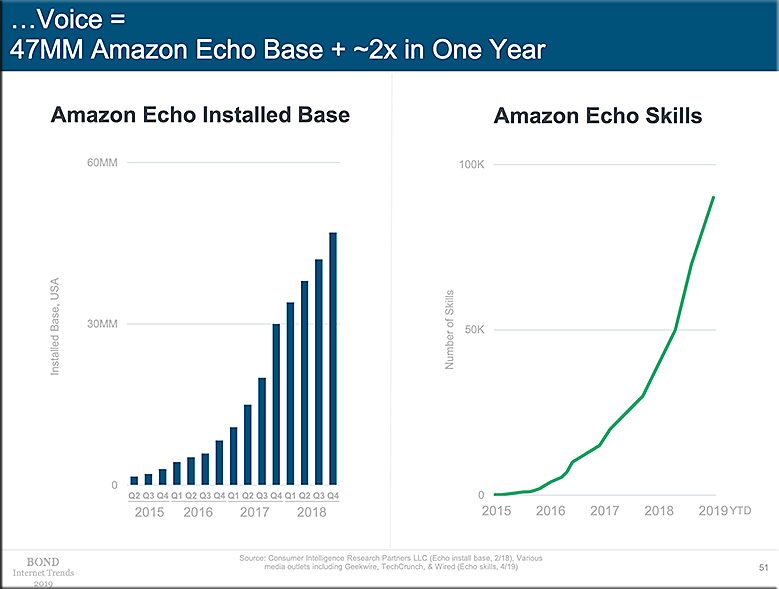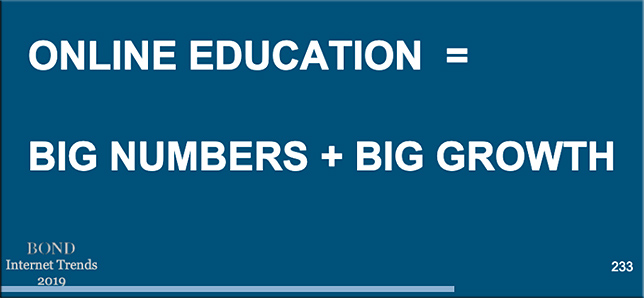The blinding of justice: Technology, journalism and the law — from thehill.com by Kristian Hammond and Daniel Rodriguez
Excerpts:
The legal profession is in the early stages of a fundamental transformation driven by an entirely new breed of intelligent technologies and it is a perilous place for the profession to be.
If the needs of the law guide the ways in which the new technologies are put into use they can greatly advance the cause of justice. If not, the result may well be profits for those who design and sell the technologies but a legal system that is significantly less just.
…
We are entering an era of technology that goes well beyond the web. The law is seeing the emergence of systems based on analytics and cognitive computing in areas that until now have been largely immune to the impact of technology. These systems can predict, advise, argue and write and they are entering the world of legal reasoning and decision making.
Unfortunately, while systems built on the foundation of historical data and predictive analytics are powerful, they are also prone to bias and can provide advice that is based on incomplete or imbalanced data.
…
We are not arguing against the development of such technologies. The key question is who will guide them. The transformation of the field is in its early stages. There is still opportunity to ensure that the best intentions of the law are built into these powerful new systems so that they augment and aid rather than simply replace.
From DSC:
This is where we need more collaborations between those who know the law and those who know how to program, as well as other types of technologists.













